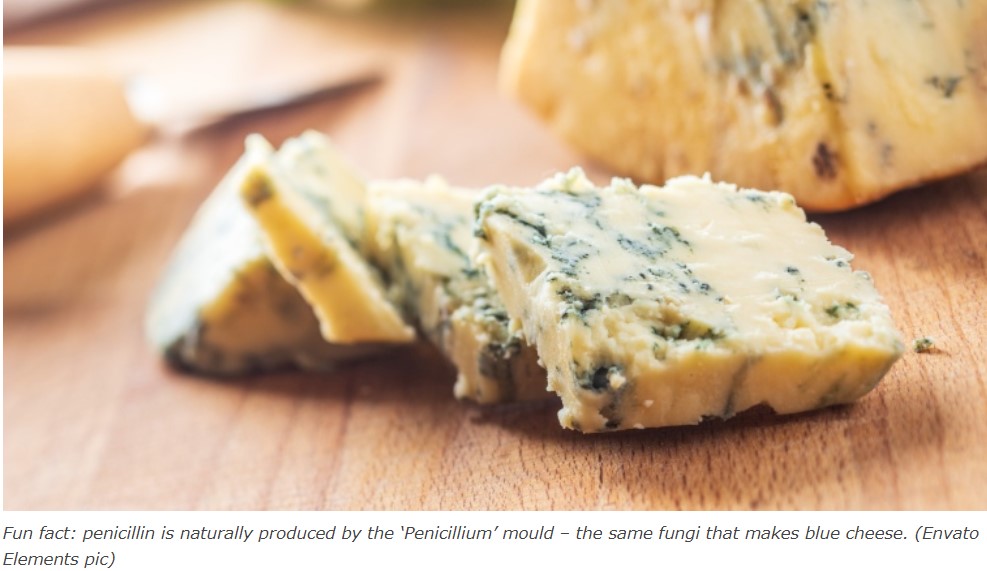Spore loser: the danger of mold infestations at home

When local businesses were allowed to reopen in the midst of the pandemic, certain retailers were surprised to discover mold all over their goods. Wallets, leather backpacks and handbags fell prey due to the temperature and humidity in the stores.
People are exposed to mold in their everyday lives. It is a type of fungus that thrives on moisture and reproduces through small, lightweight spores that spread in the air.
When these spores land on moist surfaces, such as in your kitchen or bathroom, they grow and multiply. The only way to prevent it is to eliminate moisture and damp surfaces in your homes.
There are more than 100,000 types of species of mould. Common ones in homes include:
- “Cladosporium” – brown, green, or black mould usually found on wood, carpets or fabrics;
- “Penicillium – blue, green or yellow fuzzy mould found in basements or under carpets or insulation;
- “Aspergillus” – green, white or grey with dark spots and a powdery look.
Mould is linked to at least 30 different respiratory conditions, including bronchitis, asthma, and pneumonitis. People who spend time in a damp indoor environment might develop effects such as coughs and wheezing, headaches, and other physical symptoms.

Health effects
Prolonged exposure to a damp and moldy environment could trigger irritation or allergic reactions in some people. Symptoms range from having a runny or blocked nose, and experiencing skin rashes or watery and itchy eyes, to having a dry cough or sore throat.
In more severe cases, patients might develop hypersensitivity pneumonitis, where symptoms include shortness of breath, prolonged cough, and progressive weight loss.
In addition to allergies, individuals who have compromised immune systems, such as those with cancer, may be vulnerable to fungal infections. Those with pre-existing lung diseases are also at higher risk.
Keeping mold at bay
Here are some ways to keep your home mold-free:
- Ensure rooms are well ventilated and dry to eliminate breeding space for mold to grow.
- Take note of spaces with high condensation or frequent contact with water, and dry or clean them frequently.
- Avoid fixtures or pieces of furniture that easily collect or trap water and moisture.
- Buy anti-fungal spray to prevent infestation.
If you have a mold allergy, medications such as nasal corticosteroid sprays, antihistamines, decongestants, and nasal rinses can help with symptoms.
Article Source: Spore loser: the danger of mould infestations at home | Free Malaysia Today (FMT)
